Home »
Misc »
How many division 1 teams in college basketball
How many division 1 teams in college basketball
How Many Division 1 Basketball Teams Are There in the NCAA?
The NCAA basketball season is fast approaching. In fact, teams already began practice on September 28th and the season tips off on November 6th! As a huge hoops fan, I for one cannot wait for the year to begin. While the beginning of the year is always a great chance to see your favorite team finally back in action, it also gives you a chance to see some of the year’s top contenders for a coveted spot in the Final Four.
Obviously, not every team can make the Final Four, let alone the NCAA Tournament. With only 68 slots reserved for the tournament, there will be a lot of upset teams ending their seasons on a low note. The simple fact of the matter is that Division 1 basketball consists of several hundreds of teams all looking for success on different levels. For some, it may be trying to end the season with a winning record, for others the Final Four is there only measure on whether or not they had a productive season.![]()
But exactly how many Division 1 college basketball teams are there? The number is pretty staggering and even I, as a self-proclaimed die-hard fan, was surprised at the total.
Yes, you read that right, 353!
These 353 teams are broken up in 32 total conferences with an average of 11 teams per conference playing to both win their conference regular season championship – an honor given to the team with the best in-conference record at the end of the year – and to try and win their conference tournament championship for a trip to the “Big Dance”, the NCAA Tournament. NCAA basketball has come a long way from their first season in 1924, when there were only 8 conferences total!
Let’s take a brief trip down memory lane, shall we? I want to take a look at the number of conferences at the beginning of each decade to show you the rapid growth of the sport over the years. Keep in mind, the first year of NCAA Men’s Division 1 Basketball was 1924:
- 1930: 9 conferences
- 1940: 11 conferences
- 1950: 17 conferences
- 1960: 18 conferences
- 1970: 19 conferences
- 1980: 29 conferences
- 1990: 34 conferences
- 2000: 32 conferences
- 2010: 33 conferences
- 2019: 32 conferences
One of the most attractive aspects NCAA Division 1 Basketball that draws in so many fans is that each of the 351 teams has a chance at making the NCAA Tournament at the beginning of each year.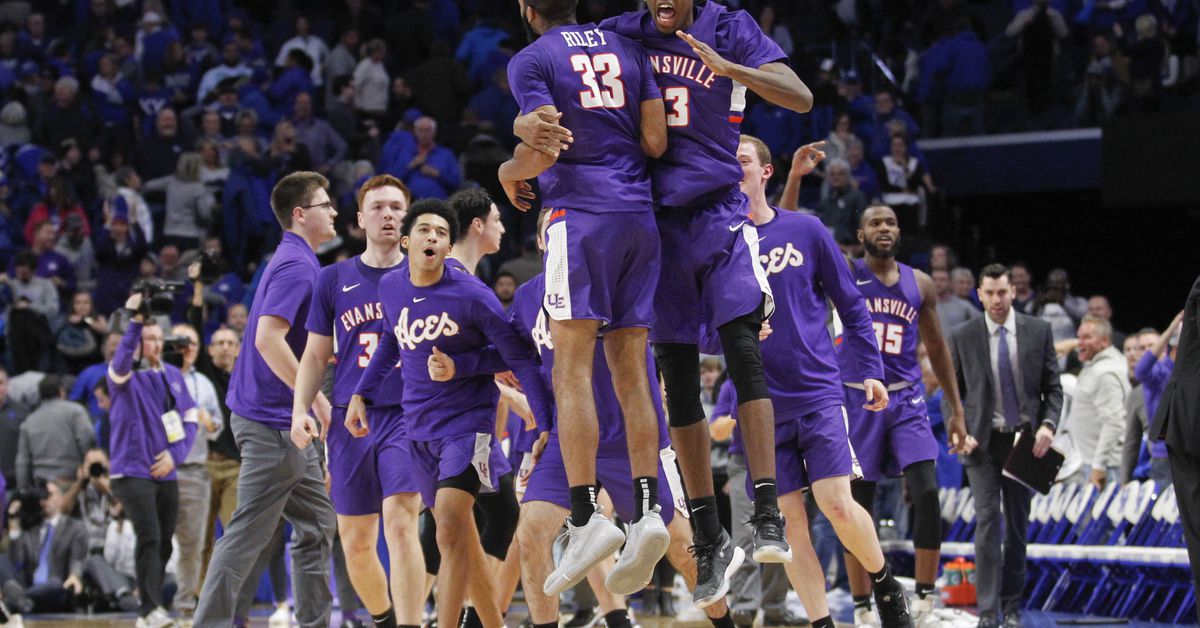 Yeah, they may not win it all but how many other college sports give their teams the right to play, and sometimes beat, some of the best teams in the country for a chance to win it all.
Yeah, they may not win it all but how many other college sports give their teams the right to play, and sometimes beat, some of the best teams in the country for a chance to win it all.
NCAA Division 1 Football gives what they call the Power Conferences (5 conferences total) the opportunity to play for a national title.
While it would be next to impossible to list all 351 schools, I still wanted to give you, the reader, a chance to do some research on this topic. So below is a link to each conference homepage, with a list of all of the conference champions from last season, so you can see all 351 of the teams somewhere in there and each respective conference champion.
- Conference: 2018-19 Conference Tournament Champion
- America East – Vermont Catamounts
- American – Cincinnati Bearcats
- Atlantic 10 – Saint Louis Billikens
- ACC – Duke Blue Devils
- Atlantic Sun – Liberty Flames
- Big South – Gardner-Webb Runnin’ Bulldogs
- Big 12 – Iowa State Cyclones
- Big East – Villanova Wildcats
- Big Sky – Montana Grizzlies
- Big 10 – Michigan State Spartans
- Big West – UC Irvine Anteaters
- Colonial – Northeastern Huskies
- Conference USA – Old Dominion Monarchs
- Horizon League – Northern Kentucky Norse
- Ivy League – Yale Bulldogs
- MAAC – Iona Gaels
- Mid-American – Buffalo Bulls
- MEAC – North Carolina Central Eagles
- Missouri Valley – Bradley Braves
- Mountain West – Utah State Aggies
- Northeast – Fairleigh Dickinson Knights
- Ohio Valley – Murray State Racers
- Pac 12 – Oregon Ducks
- Patriot League – Colgate Raiders
- SEC – Auburn Tigers
- Southern – Wofford Terriers
- Southland – Abilene Christian Wildcats
- Southwestern – Prairie View A&M Panthers
- Summit League – North Dakota State Bison
- Sun Belt – Georgia State Panthers
- West Coast – Saint Mary’s Gaels
- WAC – New Mexico State Aggies
As we mentioned at the beginning of the piece, the only way for a lot of these teams to make it to the NCAA Tournament is to win their conference tournaments.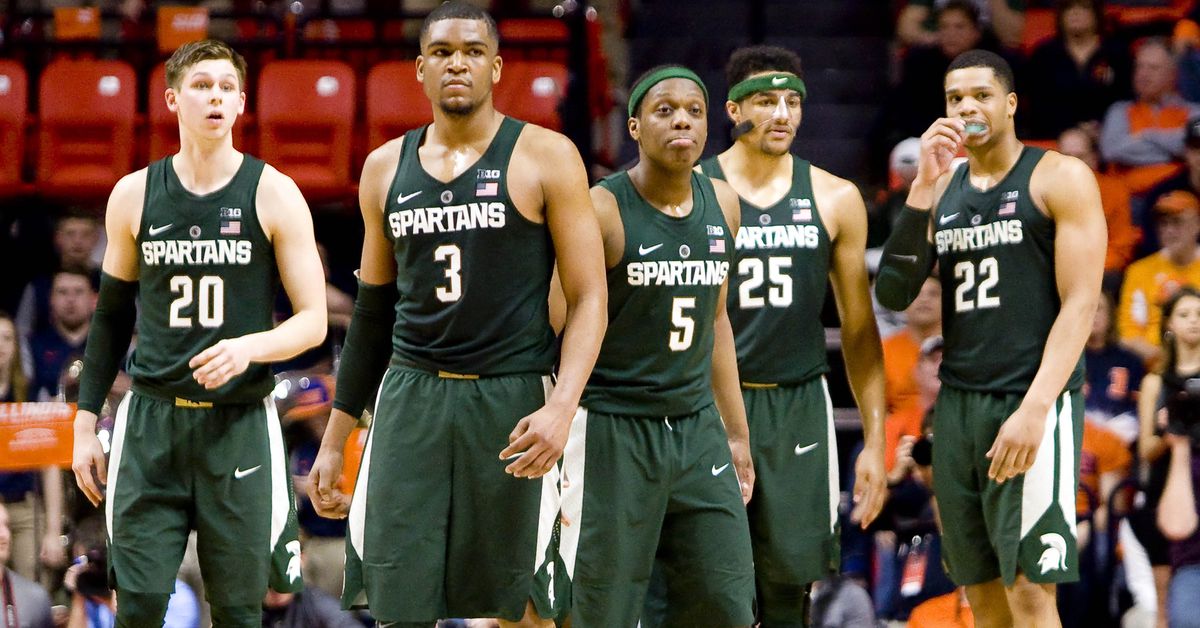 So while a team like Duke could technically lose their conference tournament, if they still have a good enough year otherwise, the tournament voters can reward them with what is called an “at-large bid” or a spot in the tournament based on the rest of their season resume. This can include different measurable aspects like strength of schedule, key wins, overall wins, etc.
So while a team like Duke could technically lose their conference tournament, if they still have a good enough year otherwise, the tournament voters can reward them with what is called an “at-large bid” or a spot in the tournament based on the rest of their season resume. This can include different measurable aspects like strength of schedule, key wins, overall wins, etc.
Unfortunately, a team like North Dakota State from the Summit League just isn’t going to have enough opportunity to earn their spot in the tournament through any other way but to win their conference and earn an “automatic bid” which is given to each conference tournament winner prior to the tournament. A lot of teams live by the motto, “win and you’re in”, literally.
If you have a favorite team, what is their likelihood of making it to the NCAA Tournament each year? Are you a part of a tortured college basketball fanbase? Drop a comment below!
List of Division 1 Basketball Colleges
Men’s basketball recruits looking to compete at the highest collegiate level—and have the physical measurables and athletic skills to back it up—should highly consider NCAA Division 1 basketball colleges during their recruiting process.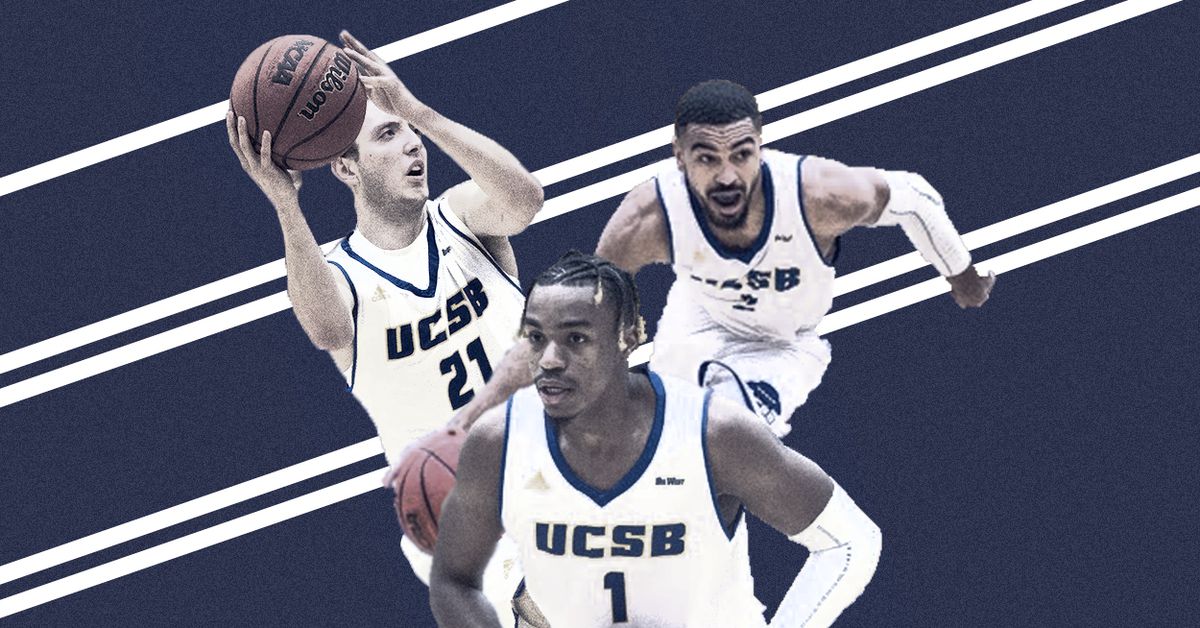 Student-athletes who compete at D1 basketball schools not only meet highly competitive recruiting guidelines set by these elite schools but are also among the best student-athletes in the nation. Unfortunately, while being a top basketball player on your high school or club team may help you stand out in a crowd, potential recruits should be prepared for the highest level of competition among not only high school athletes, but also current student-athletes competing at junior colleges with basketball programs, as these players are often recruited by four-year D1 basketball schools too. Check out our Nike basketball camp article.
Student-athletes who compete at D1 basketball schools not only meet highly competitive recruiting guidelines set by these elite schools but are also among the best student-athletes in the nation. Unfortunately, while being a top basketball player on your high school or club team may help you stand out in a crowd, potential recruits should be prepared for the highest level of competition among not only high school athletes, but also current student-athletes competing at junior colleges with basketball programs, as these players are often recruited by four-year D1 basketball schools too. Check out our Nike basketball camp article.
Related Articles
- Check out this article on Duke basketball recruiting.
- How does Illinois basketball recruiting work?
- What are the NCAA Transfer Rules?
- How are NCAA basketball teams organized?
There is an extremely high caliber set for student-athletes who land roster spots on D1 basketball teams.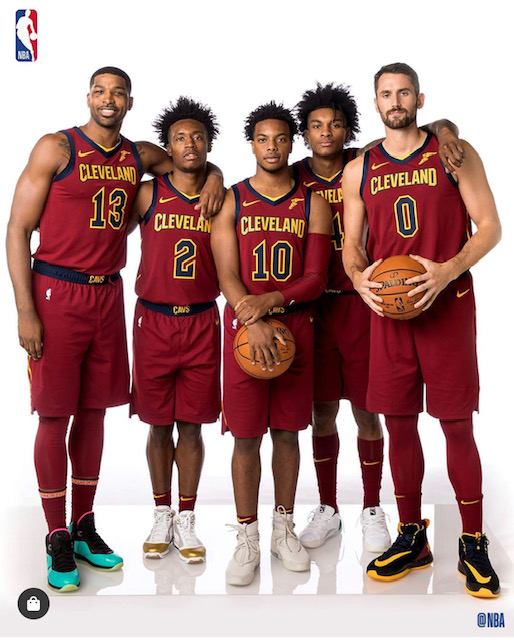 Getting to the D1 level—and staying there—requires an extremely high level of dedication, passion for the sport and hard work. However, the payoffs of competing at Division 1 basketball colleges is well worth the effort. Top D1 basketball schools are among the most popular in the nation, and many student-athletes—and their non-athletic peers alike—recognize and root for powerhouse Division 1 basketball programs like University of North Carolina—Chapel Hill and Duke University. Athletes who have the talent, physical measurables, drive and academics will be rewarded with well-funded athletic facilities, experienced coaches to take their game to the next level and even a chance at a partial or fully funded athletic scholarship offer. Likewise, players at top D1 basketball colleges will have a chance to enjoy national recognition and respect from dedicated fans. Learn more about the basketball recruiting rankings process.
Getting to the D1 level—and staying there—requires an extremely high level of dedication, passion for the sport and hard work. However, the payoffs of competing at Division 1 basketball colleges is well worth the effort. Top D1 basketball schools are among the most popular in the nation, and many student-athletes—and their non-athletic peers alike—recognize and root for powerhouse Division 1 basketball programs like University of North Carolina—Chapel Hill and Duke University. Athletes who have the talent, physical measurables, drive and academics will be rewarded with well-funded athletic facilities, experienced coaches to take their game to the next level and even a chance at a partial or fully funded athletic scholarship offer. Likewise, players at top D1 basketball colleges will have a chance to enjoy national recognition and respect from dedicated fans. Learn more about the basketball recruiting rankings process.
How many colleges are in Division 1 men’s basketball?
Student-athletes looking to compete at the highest collegiate level have plenty of options.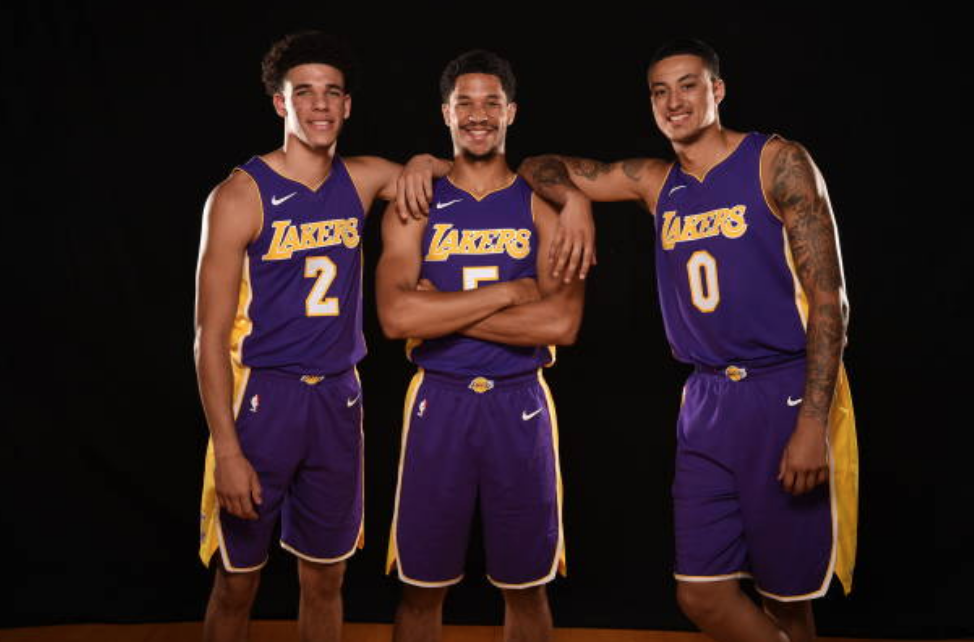 But just how many colleges are in Division 1 men’s basketball? There are currently more than 350 Division 1 basketball colleges in the nation—these 351 NCAA D1 basketball colleges are comprised of the most elite basketball players, and potential recruits should be prepared to work hard on and off the court to land a roster spot at one of these Division 1 basketball programs.
But just how many colleges are in Division 1 men’s basketball? There are currently more than 350 Division 1 basketball colleges in the nation—these 351 NCAA D1 basketball colleges are comprised of the most elite basketball players, and potential recruits should be prepared to work hard on and off the court to land a roster spot at one of these Division 1 basketball programs.
When narrowing down your target list, it’s important to consider several factors. First and foremost, student-athletes who have their sights set on attending one of these D1 basketball schools should explore a complete list of D1 basketball colleges, be prepared to meet or exceed competitive recruiting guidelines, and stay up to date on D1 basketball rankings. For a complete list of Division 1 basketball colleges, including their location and corresponding athletic conference, look at our catalog of Division 1 basketball rankings and D1 basketball schools list below. Is there an AAU boys basketball team near me?
Men’s D1 basketball rankings
Several organizations offer NCAA Division 1 men’s basketball rankings, including the NCAA, USA Today Sports and the Associated Press Top 25 Poll.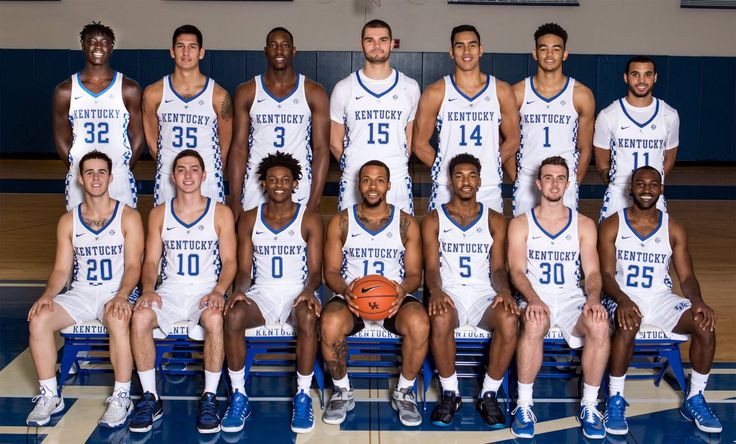 Here are the top D1 basketball schools, according to the NCSA Power Rankings:
Here are the top D1 basketball schools, according to the NCSA Power Rankings:
- Stanford University
- University of Florida
- University of North Carolina at Chapel Hill
- University of California – Los Angeles – UCLA
- University of Michigan
- Princeton University
- University of California – Berkeley
- Georgia Tech
- Harvard University
- Florida State University
While the NCSA Power Rankings offer a good overview of top D1 basketball schools, student-athletes who hope to compete at one of the 350+ Division 1 basketball colleges shouldn’t limit their search to only the most elite Division 1 basketball programs. Instead, they should consider several factors when researching D1 basketball teams, including athletic and academic caliber, school size, location, and cost, as well as their own personal preferences.
Full list of D1 basketball colleges
Alcorn State University
Alcorn State, Mississippi
Mid South
Southwestern Athletic Conference
NCAA D1
American University
Washington, District Of Columbia
North East
Patriot League
NCAA D1
Auburn University
Auburn, Alabama
South East
Southeastern Conference
NCAA D1
Bellarmine University
Louisville, Kentucky
Mid East
Great Lakes Valley Conference
NCAA D1
Belmont University
Nashville, Tennessee
Mid East
Ohio Valley Conference
NCAA D1
Boston College
Chestnut Hill, Massachusetts
New England
Atlantic Coast Conference
NCAA D1
Boston University
Boston, Massachusetts
New England
Patriot League
NCAA D1
Bradley University
Peoria, Illinois
Great Lakes
Missouri Valley Conference
NCAA D1
Brown University
Providence, Rhode Island
New England
Ivy League
NCAA D1
Bryant University
Smithfield, Rhode Island
New England
Northeast Conference
NCAA D1
Bucknell University
Lewisburg, Pennsylvania
North East
Collegiate Water Polo Association
NCAA D1
Butler University
Indianapolis, Indiana
Great Lakes
Pioneer Football League
NCAA D1
Campbell University
Buies Creek, North Carolina
Mid East
Pioneer Football League
NCAA D1
Canisius College
Buffalo, New York
North East
Metro Atlantic Athletic Conference
NCAA D1
Clemson University
Clemson, South Carolina
South East
Atlantic Coast Conference
NCAA D1
College of Charleston
Charleston, South Carolina
South East
Colonial Athletic Association
NCAA D1
Davidson College
Davidson, North Carolina
Mid East
Pioneer Football League
NCAA D1
DePaul University
Chicago, Illinois
Great Lakes
Big East Conference
NCAA D1
Drake University
Des Moines, Iowa
Mid West
Pioneer Football League
NCAA D1
Drexel University
Philadelphia, Pennsylvania
North East
Colonial Athletic Association
NCAA D1
Duke University
Durham, North Carolina
Mid East
Atlantic Coast Conference
NCAA D1
Duquesne University
Pittsburgh, Pennsylvania
North East
Northeast Conference
NCAA D1
Elon University
Elon, North Carolina
Mid East
Colonial Athletic Association
NCAA D1
Fairfield University
Fairfield, Connecticut
New England
Metro Atlantic Athletic Conference
NCAA D1
Florida A&M University
Tallahassee, Florida
South East
Mid-Eastern Athletic Conference
NCAA D1
Furman University
Greenville, South Carolina
South East
Southern Conference
NCAA D1
Georgetown University
Washington, District Of Columbia
North East
Patriot League
NCAA D1
Georgia Tech
Atlanta, Georgia
South East
Atlantic Coast Conference
NCAA D1
Gonzaga University
Spokane, Washington
West Coast
West Coast Conference
NCAA D1
Hofstra University
Hempstead, New York
North East
Colonial Athletic Association
NCAA D1
Howard University
Washington, District Of Columbia
North East
Mid-Eastern Athletic Conference
NCAA D1
Indiana State University
Terre Haute, Indiana
Great Lakes
Missouri Valley Football Conference
NCAA D1
Indiana University
Bloomington, Indiana
Great Lakes
Big Ten Conference
NCAA D1
Iona College
New Rochelle, New York
North East
Metro Atlantic Athletic Conference
NCAA D1
La Salle University
Philadelphia, Pennsylvania
North East
Atlantic 10 Conference
NCAA D1
Lafayette College
Easton, Pennsylvania
North East
Patriot League
NCAA D1
Lamar University
Beaumont, Texas
Mid South
Southland Conference
NCAA D1
Lehigh University
Bethlehem, Pennsylvania
North East
Patriot League
NCAA D1
Liberty University
Lynchburg, Virginia
Mid East
Atlantic Sun Conference
NCAA D1
Lipscomb University
Nashville, Tennessee
Mid East
Atlantic Sun Conference
NCAA D1
Manhattan College
Riverdale, New York
North East
Metro Atlantic Athletic Conference
NCAA D1
Marist College
Poughkeepsie, New York
North East
Metro Atlantic Athletic Conference
NCAA D1
Merrimack College
North Andover, Massachusetts
New England
Northeast-10 Conference
NCAA D1
Miami University
Oxford, Ohio
Great Lakes
Mid-American Conference
NCAA D1
Monmouth University
West Long Branch, New Jersey
North East
Northeast Conference
NCAA D1
Niagara University
Niagara University, New York
North East
Metro Atlantic Athletic Conference
NCAA D1
Ohio University
Athens, Ohio
Great Lakes
Mid-American Conference
NCAA D1
Penn State
University Park, Pennsylvania
North East
Big Ten Conference
NCAA D1
Pepperdine University
Malibu, California
West Coast
Mountain Pacific Sports Federation
NCAA D1
Presbyterian College
Clinton, South Carolina
South East
Big South Conference
NCAA D1
Providence College
Providence, Rhode Island
New England
Big East Conference
NCAA D1
Purdue University
West Lafayette, Indiana
Great Lakes
Big Ten Conference
NCAA D1
Quinnipiac University
Hamden, Connecticut
New England
Metro Atlantic Athletic Conference
NCAA D1
Rider University
Lawrenceville, New Jersey
North East
Metro Atlantic Athletic Conference
NCAA D1
Rutgers University
Piscataway, New Jersey
North East
Big Ten Conference
NCAA D1
Saint Peter's University
Jersey City, New Jersey
North East
Metro Atlantic Athletic Conference
NCAA D1
Samford University
Birmingham, Alabama
South East
Southern Conference
NCAA D1
Siena College
Loudonville, New York
North East
Metro Atlantic Athletic Conference
NCAA D1
St.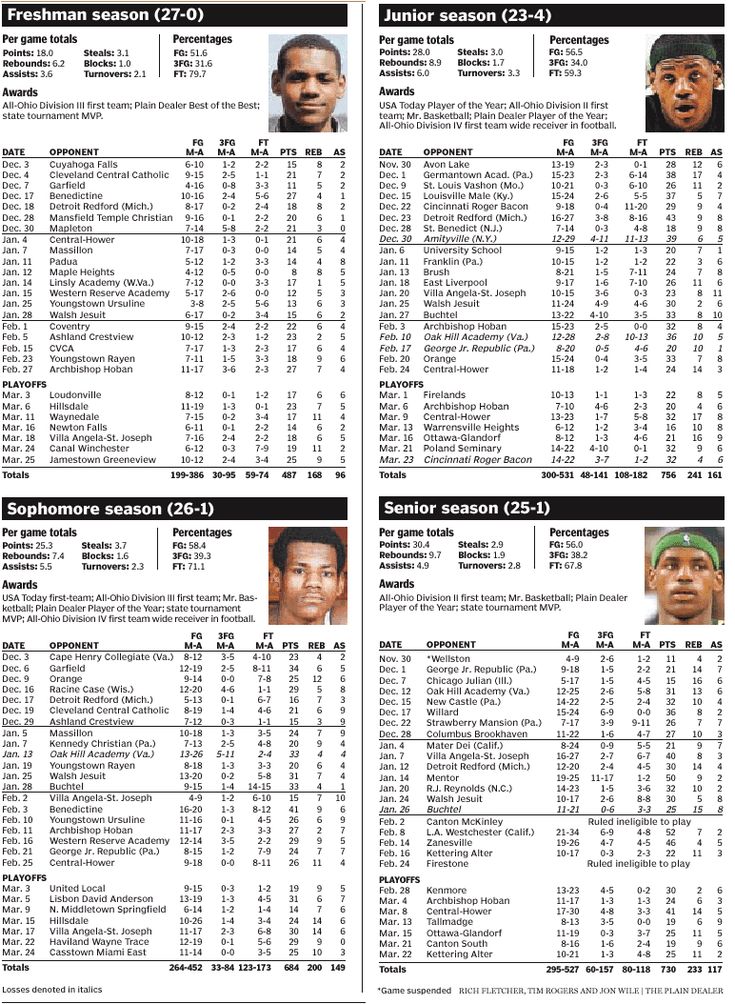 Francis College
Francis College
Brooklyn Heights, New York
North East
Northeast Conference
NCAA D1
Stanford University
Stanford, California
West Coast
Pacific-12 Conference
NCAA D1
Stetson University
DeLand, Florida
South East
Atlantic Sun Conference
NCAA D1
Stonehill College
Easton, Massachusetts
New England
Norteast Conference (NEC)
NCAA D1
Syracuse University
Syracuse, New York
North East
Atlantic Coast Conference
NCAA D1
Temple University
Philadelphia, Pennsylvania
North East
American Athletic Conference
NCAA D1
Texas A&M University
College Station, Texas
Mid South
Southeastern Conference
NCAA D1
The Citadel
Charleston, South Carolina
South East
Southern Conference
NCAA D1
Towson University
Towson, Maryland
North East
Colonial Athletic Association
NCAA D1
Troy University
Troy, Alabama
South East
Sun Belt Conference
NCAA D1
Tulane University
New Orleans, Louisiana
Mid South
American Athletic Conference
NCAA D1
United States Military Academy
West Point, New York
North East
Atlantic Hockey Association (Division I for men's ice hockey)
NCAA D1
United States Naval Academy
Annapolis, Maryland
North East
Collegiate Water Polo Association (Division I)
NCAA D1
University of Miami
Coral Gables, Florida
South East
Atlantic Coast Conference
NCAA D1
University of Utah
Salt Lake City, Utah
South West
Pacific-12 Conference
NCAA D1
Valparaiso University
Valparaiso, Indiana
Great Lakes
Missouri Valley Conference, Pioneer Football League
NCAA D1
Villanova University
Villanova, Pennsylvania
North East
Colonial Athletic Association
NCAA D1
Virginia Tech
Blacksburg, Virginia
Mid East
Atlantic Coast Conference
NCAA D1
Wagner College
Staten Island, New York
North East
Northeast Conference
NCAA D1
Wake Forest University
Winston-Salem, North Carolina
Mid East
Atlantic Coast Conference
NCAA D1
William & Mary
Williamsburg, Virginia
Mid East
Colonial Athletic Association
NCAA D1
Winthrop University
Rock Hill, South Carolina
South East
Big South Conference
NCAA D1
Wofford College
Spartanburg, South Carolina
South East
Southern Conference
NCAA D1
Xavier University
Cincinnati, Ohio
Great Lakes
Big East Conference
NCAA D1
Yale University
New Haven, Connecticut
New England
Ivy League
NCAA D1
ASB History / Collegiate Basketball Association
Collegiate Basketball Association was founded in 2007.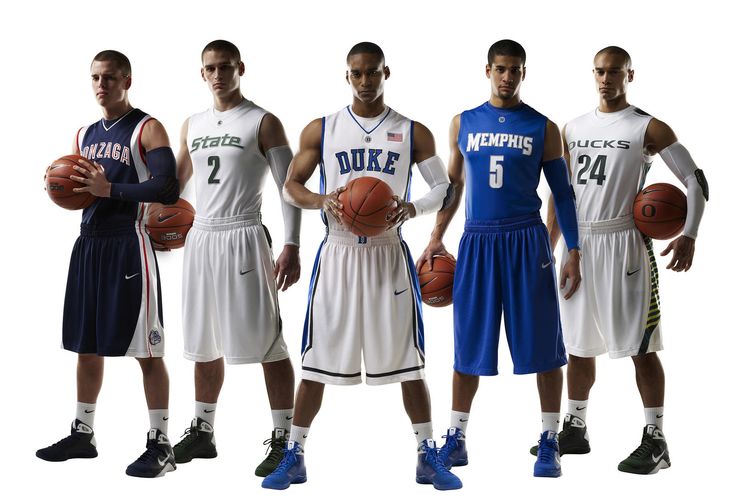 The association holds the official Russian student basketball championship. It is attended by 800 men's and women's teams from 450 universities and colleges from 71 subjects of the Russian Federation. During the season, the ASB hosts about 5,000 matches, the total number of players in the championship exceeds 10,000.
The association holds the official Russian student basketball championship. It is attended by 800 men's and women's teams from 450 universities and colleges from 71 subjects of the Russian Federation. During the season, the ASB hosts about 5,000 matches, the total number of players in the championship exceeds 10,000.
The ASB is the largest student sports league in Europe and the second in the world. We are second only to NCAA (USA, 1,700 teams), ahead of NJCAA (USA, 750), CUBA (China, 617), NAIA (USA, 450), PCCL (Philippines, 250), CCAA (Canada, 170), RCBL ( India, 160) and AJB (Japan, 80).
The ASB Championship is included in the unified calendar plan of mass sports events of the Ministry of Sports of the Russian Federation and the consolidated calendar plan of events of the Ministry of Education and Science of the Russian Federation.
Chairman of the ASB Supervisory Board - Alexander Vladimirovich Konovalov. The permanent sports director of the ASB is Sergey Alexandrovich Belov.
SPORT COMPONENT
The ASB Championship is held in two stages from October to June. The first stage is divisional. The second is the Belov League, an all-Russian playoff with the participation of 32 best men's and women's teams.
At the first stage, teams play in divisions formed according to the territorial and competitive principles. Games are held from mid-October to the end of February with breaks for the session and winter holidays. Each team plays at least 8-10 matches in the division.
CSB divisions are divided into two types - regional and higher.
Regional division - a group of teams from one, less often - 2-3 neighboring regions. The goal here is to attract as many students as possible to the championship, to accustom them to regular sports. To solve this problem, we removed the entry barrier: minimal financial costs, travel and accommodation costs for teams are reduced or reduced to zero by their geographical proximity, the ASB takes care of the matches. As a result, even a university without serious basketball traditions has no reason to refuse to participate in the championship.
As a result, even a university without serious basketball traditions has no reason to refuse to participate in the championship.
Universities and institutes that are ready to assemble strong teams and partly finance them apply to the top divisions. As a rule, they include teams from three or more regions. This is a platform for the growth of sportsmanship.
In 2016, the VTB Student League, an elite division of the Student Basketball Association, was created with the participation of 16 of the best student teams in the country. And in 2017, by analogy with the men's elite division, a women's division was created - the Student Superleague. In 2020, both of these tournaments were renamed the Russian Railways Student League - the flagship division with the participation of the strongest teams in the championship and permission for professional students to participate. And in the 21-22 season, teams from the regions, as well as the first foreign team, the Belarusian Tsmoki-Minsk, were allowed to participate in the Russian Railways Student League.
The second stage of the championship ASB - Liga Belov. It was named after Sergei Belov, the legendary Soviet and Russian player and coach, Olympic champion, founding father and permanent sports director of the ASB.
Belov League is the final tournament with the participation of 32 best men's and women's teams, which receive tickets directly or through a sieve of qualifications. It is played from March to June. Universities get into the LB according to the results of their performance at the divisional stage. The Belov League is played in a playoff format, after each match the losing team is eliminated from the competition.
COMBINING SPORT WITH EDUCATION
The most important task of the CSA is to provide the most comfortable conditions for combining sports with the educational process. The league calendar takes into account periods of peak academic workload, mandatory breaks are provided for during sessions and holidays. Matches of the top divisions and the Belov League are usually held on weekends, which allows teams to travel to other cities without compromising their studies.
The league's regulations state the principle that students with academic debts are not allowed to participate in competitions. Based on this clause, individual players and entire teams were repeatedly suspended and disqualified. Today, everyone in the ASB knows that an open session means forfeiting the right to play basketball.
Digital protocols are kept for all matches of the Association. Statistics are promptly posted on the official website. The system of formation, storage and processing of digital protocols allows you to keep a detailed history of the tournament. Each player of the Association at any time can find out the statistics of his own performances in a particular game, season or all the time in the ASB.
Based on the top divisions, game organization practices are modeled and tested, which are then extended to the entire league. In recent years, student sports and student basketball clubs have been created in a number of universities. ASB works closely with them. We help teams create attractive brands with all the necessary attributes - from naming, logos, colors and fonts to banners, mascots, musical compositions, cheerleaders and corporate merchandise with team and university symbols.
We help teams create attractive brands with all the necessary attributes - from naming, logos, colors and fonts to banners, mascots, musical compositions, cheerleaders and corporate merchandise with team and university symbols.
All this makes it possible to attract a new audience and form in them a sense of emotional involvement in what is happening. Thus, the league contributes to the formation and promotion of the brands of teams and universities.
EDUCATIONAL INITIATIVES
We use the CBA championship as a platform for training managers, judges, statisticians, journalists, photojournalists and video makers from among students. The CRS training program is currently being implemented in offline and online modes.
Offline events include seminars and congresses. Seminars are held during the academic year on the basis of universities participating in the league. Managers of basketball student teams from several regions come to each seminar, well-known practical speakers are invited, who are able not only to analyze specific cases of organizing games in student basketball, but also to motivate, “ignite” the audience.
ADDITIONAL PROJECTS
ASB is implementing several additional projects and initiatives. Here are the most important ones.
ASB All-Star Games. Are held every year. They mean the game of the best Russian basketball students in the East-West format and the most intense show program with competitions, prizes, gifts, and performances by student support groups. In 2015, the ASB All-Star Game in St. Petersburg attracted more than 5,000 spectators, a record figure for Russian student basketball.
ASB 3x3. 3x3 is a bright new Olympic sport that was included in the program of the Olympic Games in 2020. 3x3 is an extremely democratic format that imposes a minimum of infrastructure and inventory requirements. To date, the ASB 3x3 project is being implemented in the format of regional tournaments, the winners of which come to Moscow for the annual final. The best student teams of Russia in 3x3 basketball represent our country in international tournaments. And at the 2022 Olympics, Stanislav Sharov, a graduate of the ASB, became the silver medalist of the games as part of the Russian team.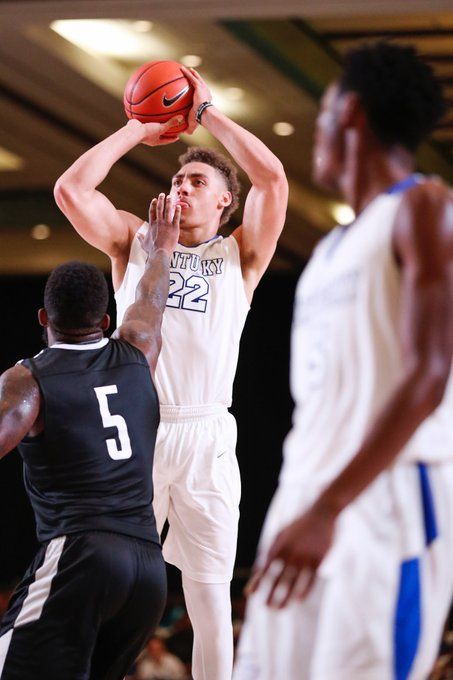
CRS team. This is a system of training camps and classes to develop individual basketball skills for the best ASB players and all students in Russia. Camps and training camps are held during the holidays, and based on their results, a team is formed that represents the ASB at international student tournaments.
ASB Fest. The University Sports Festival was first held in Crimea in the summer of 2016 with the participation of 400 of the best players, coaches and managers of the ASB. They were offered a specially designed format that combined sports and educational components with the opportunity to take advantage of the undeniable advantages of the Crimea - excellent sea, unique climate and resort infrastructure. Participants competed in 11 disciplines with elements of the GTO, basketball, rowing, football, table tennis and other sports. Everyone could acquire important management skills in the classes of the School of Managers. But the main distinguishing feature of the fest was its atmosphere, which was formed from joint support for friends and acquaintances, enchanting endings of games, informal communication and many fun activities. It is significant that the students who visited the festival themselves launched the eloquent slogan “My best holidays!” on social networks. Summer 2019th we have already held the fourth ASB Fest in the Crimea.
It is significant that the students who visited the festival themselves launched the eloquent slogan “My best holidays!” on social networks. Summer 2019th we have already held the fourth ASB Fest in the Crimea.
OBJECTIVES AND PROSPECTS
The main goal of the ASB is to involve the maximum possible number of Russian students in regular sports and in particular basketball. Sport is an excellent tool that allows you to cultivate in a person the desire for self-improvement, the ethics of social behavior, the ability to develop methods for achieving goals. We strive to create an optimal platform for implementing creative initiatives and ideas, gaining experience and knowledge.
Goal number two is to create conditions on the basis of individual divisions and universities for improving students' sports skills. At the same time, we emphasize the priority of the educational process and the need to organize training sessions and matches without compromising academic performance.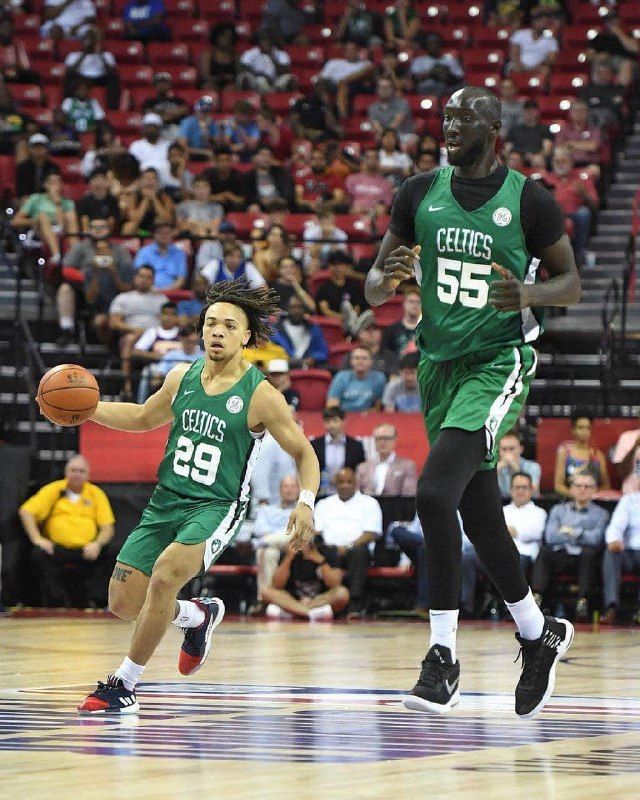
This is how we see the Association in the future. This is a mass league that allows each student to experience not sublimated, but real feelings of struggle, excitement, euphoria without getting into extreme situations. The best of the best at the same time can improve sportsmanship and, if desired, move into professional sports. Managers, journalists, photographers and videographers will receive their first professional skills and socialization opportunities here. Everyone, without exception, develops a powerful sense of belonging to their university, which then accompanies a person throughout his life.
Comparative analysis of the official statistical reports of the women's student teams of the 2017-2018 ASB championship of the Volgograd division and the All-Russian play-off Last-64
STATISTICAL REPORTS OF WOMEN'S STUDENT TEAMS OF THE ASB CHAMPIONSHIP OF THE SEASON 2017-2018 OF THE "VOLGOGRAD" DIVISION AND THE ALL-RUSSIAN PLAY-OFF LAST-64
K. A. Yosipenko
k.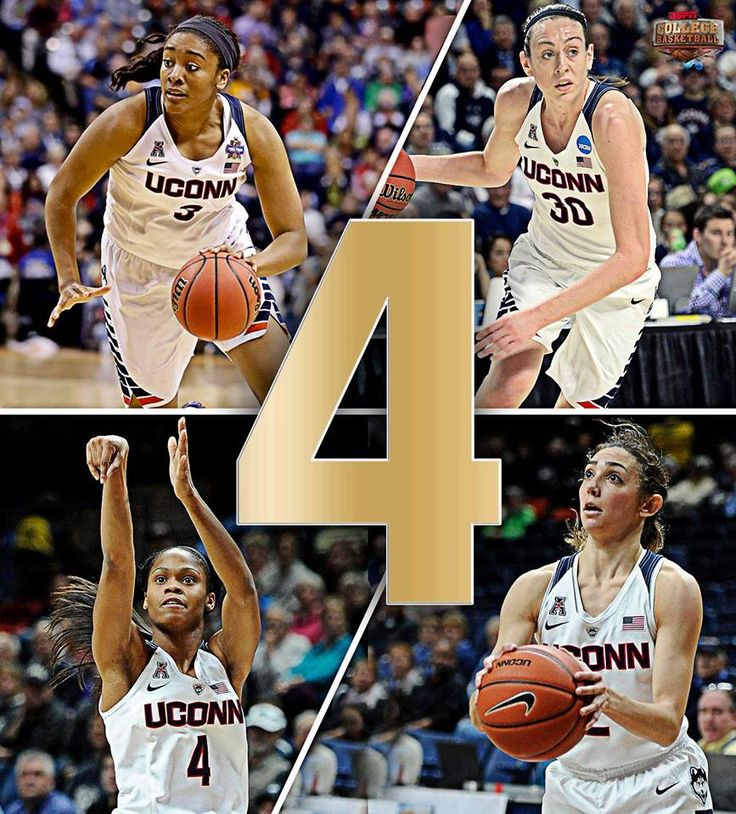 [email protected]
[email protected]
Annotation
In recent years, our country has paid special attention to student sports, as it is directly related to mass sports and high performance sports. Modern sport in conditions of total competition imposes certain requirements on the quality of training of the sports reserve. The purpose of the study is to compare the quantitative indicators of the technical and tactical training of women's student basketball teams in the regional championship.
Research methods and organization. Analysis of official statistical reports of the games of the ASB championship of the 2017-2018 season of the Volgograd division and the All-Russian playoff Last-64, methods of statistical data processing.
Results. The following 10 average indicators of competitive activity in the ASB games were subjected to statistical analysis, which were assigned to 4 groups: points that evaluate effective throws: two-pointers, three-pointers and free throws; Efficiency is positive - the number of effective attacking passes; interceptions; block shots; rebounds - the number of rebounds on your backboard, on the opponent's backboard and the total number of rebounds; Efficiency is negative - the number of ball losses during the performance of technical actions; the number of fouls received.
Conclusions. The analysis of the competitive activity of women's basketball teams in the regional championship of the student basketball association allows us to conclude that the technical readiness of the women's basketball team "VGAPC" in the ASB championship is almost the same as that of the teams "VolgGMU", "VolGTU", however, compared with the teams, included in the All-Russian stage of the playoffs, these indicators differ significantly. Therefore, on the basis of these data, it is necessary to focus on the improvement of technical and tactical training, which will ensure success in competitive activities for athletes. Key words: student sports, sports reserve, basketball.
COMPARATIVE ANALYSIS OF OFFICIAL STATISTICAL REPORTS OF WOMEN STUDENT TEAMS OF SBA SEASON CHAMPIONSHIP 2017-2018, «VOLGOGRAD» DIVISION AND ALL-RUSSIAN LAST-64 PLAYOFFS K.A. Yosipenko
Volgograd State Physical Education Academy, Volgograd, Russia Abstract
In recent years our country pays particular attention to student sports since it is directly connected with mass and elite sports.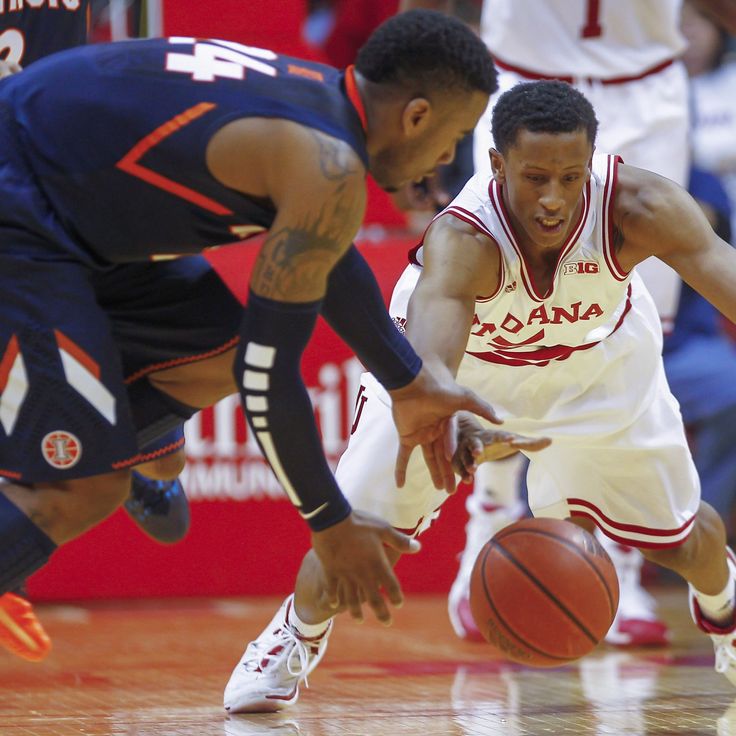 Considering the growing level of competitiveness today's sports tend to have certain requirements for the quality of sport reserves training.
Considering the growing level of competitiveness today's sports tend to have certain requirements for the quality of sport reserves training.
Purpose of the study. Comparison of quantitative indicators of technical and tactical training of women student teams in basketball in a regional championship.
Methods and organization of research. Analysis of official statistical reports of the SBA Championship games 2017-2018, «Volgograd» division and the All-Russian Last-64 play-off; methods of statistical data processing. results. We carried out statistical analysis of the following 10 average indicators of competitive activity in SBA games, which were assigned to 4 groups: points to assess efficient shots: two-point, three-point and free throws; positive performance - the number of efficient pass attacks; interceptions; block shots; rebounds - the number of one's own backboard rebounds, opponent's backboard rebounds and the total number of rebounds; negative performance - amount of ball turnovers when performing technical actions, number of fouls received.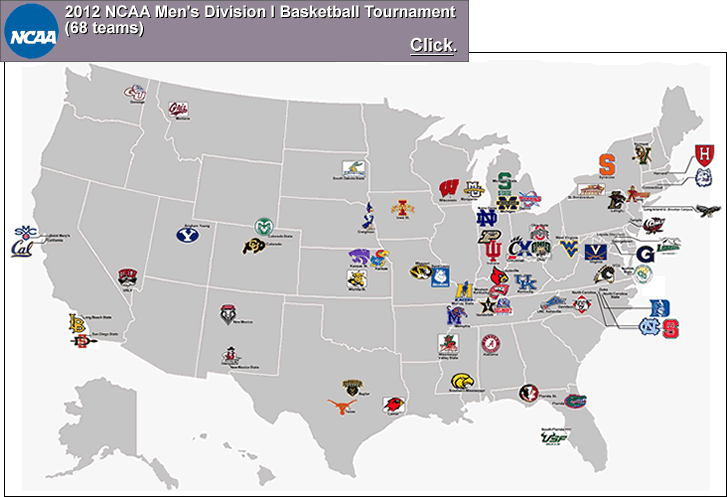 9sion. The analysis of competitive activities of women basketball teams in the regional championship of the Student Basketball Association demonstrates that the technical competence of "VGAFK" women basketball team in the SBA championship is almost identical to "VolgGMU", "VolGTU" teams, however in comparison with the teams that entered the All-Russian playoffs, these indicators differ significantly. consequently we should use this data to be focused on refinement of technical and tactical training that will ensure successful competition activity of athletes. Keywords: student sport, sport reserves, basketball.
9sion. The analysis of competitive activities of women basketball teams in the regional championship of the Student Basketball Association demonstrates that the technical competence of "VGAFK" women basketball team in the SBA championship is almost identical to "VolgGMU", "VolGTU" teams, however in comparison with the teams that entered the All-Russian playoffs, these indicators differ significantly. consequently we should use this data to be focused on refinement of technical and tactical training that will ensure successful competition activity of athletes. Keywords: student sport, sport reserves, basketball.
Relevance. Currently, the main focus of youth policy in Russia is on the development of student sports. Experts note that "... much depends on how transitional channels are established between mass sports and elite sports, primarily the system for training reserves of the country's national team" [7]. An important activity of the Ministry of Sports of the Russian Federation is not only the process of massovization of physical culture, but also the development of student sports. The implementation of the concept of student sports development for the period up to 2025 provides for “... strengthening the role of the student sports system in the sports reserve training system through the development of mechanisms for cooperation between student sports subjects and sports federations, executive authorities of the constituent entities of the Russian Federation in the field of physical culture and sports, as well as increasing the role of the All-Russian Winter and Summer Universiades”[5]. The designated activity is aimed at forming a healthy lifestyle of the nation through increasing physical activity and abandoning bad habits in favor of physical education and sports. The President of the Russian Federation gave a number of instructions to develop the sports reserve training system in the Russian Federation for the period 2016-2020, aimed at the widespread creation of sports clubs in educational institutions and the provision of comprehensive support to them. In 2007, a structure appeared in Russia that was created to support student basketball - the Student Basketball Association (ASB).
The implementation of the concept of student sports development for the period up to 2025 provides for “... strengthening the role of the student sports system in the sports reserve training system through the development of mechanisms for cooperation between student sports subjects and sports federations, executive authorities of the constituent entities of the Russian Federation in the field of physical culture and sports, as well as increasing the role of the All-Russian Winter and Summer Universiades”[5]. The designated activity is aimed at forming a healthy lifestyle of the nation through increasing physical activity and abandoning bad habits in favor of physical education and sports. The President of the Russian Federation gave a number of instructions to develop the sports reserve training system in the Russian Federation for the period 2016-2020, aimed at the widespread creation of sports clubs in educational institutions and the provision of comprehensive support to them. In 2007, a structure appeared in Russia that was created to support student basketball - the Student Basketball Association (ASB).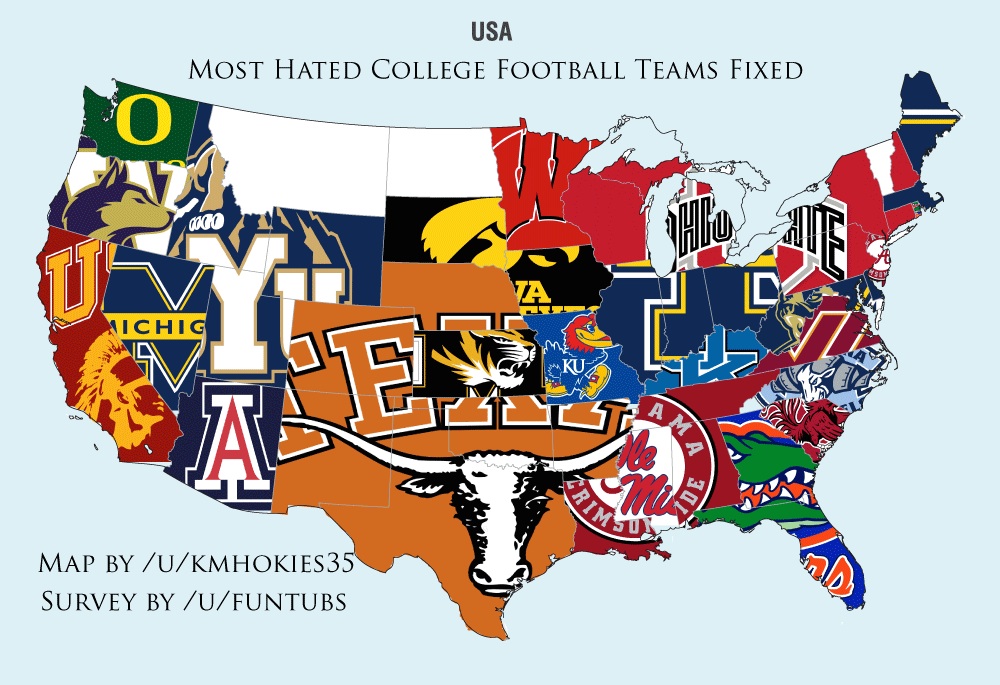 The main task of the ASB is to ensure a combination of students' sports activities with continuous learning.0003
The main task of the ASB is to ensure a combination of students' sports activities with continuous learning.0003
integrating basketball into the corporate culture of universities, shaping young people's sense of belonging to the university and its values. The ASB regulations state that the championships among men's and women's teams are held with the aim of ". increase the prestige and popularity of student basketball among young people, create conditions for self-realization and professional adaptation of students, students, undergraduates and graduate students, identify the best teams, players and coaches for further participation in international competitions” [6]. Currently, increased attention is paid to the development of student sports clubs, whose members are highly qualified athletes who are able to show the highest sports results in all-Russian and international competitions, providing leading positions in the reserve of the national team. Specialists note [2,4,7] that student sports act as a link between mass sports and sports of higher achievements. According to S.Sh. Na-mozov, ". in the sports hierarchy, student sport occupies an intermediate position between ordinary physical culture and high performance sports, since the student devotes the main time and energy expenditure to the academic discipline” [4]. Thus, the sports success of students is not only their personal achievement, but also the property of the university where they study, which, of course, supports the prestige of a higher educational institution.
According to S.Sh. Na-mozov, ". in the sports hierarchy, student sport occupies an intermediate position between ordinary physical culture and high performance sports, since the student devotes the main time and energy expenditure to the academic discipline” [4]. Thus, the sports success of students is not only their personal achievement, but also the property of the university where they study, which, of course, supports the prestige of a higher educational institution.
The purpose of the study is to compare the quantitative indicators of the technical and tactical training of women's student basketball teams in the regional championship.
Research methods and organization.
Analysis of official statistical reports of the 2017-2018 season ASB championship games of the Volgograd division and the Last-64 All-Russian playoff, methods of statistical data processing.
As a research material for the analysis of the competitive activity of the women's basketball team, the official statistical reports of the games of the ASB championship of the 2017-2018 season of the Volgograd division were used. The ASB Championship is included in the unified calendar plan of mass sports events of the Ministry of Sports of the Russian Federation and the consolidated calendar plan of events of the Ministry of Education and Science of the Russian Federation. Activity in basketball is not just the sum of individual technical and tactical techniques, but a set of actions united by a common goal into a single dynamic system. The game takes place both in interaction with teammates, and in opposition to rivals. Analysis of competitive activity allows you to determine individual indicators that affect the overall performance of the team in competitions. Experts note that "... quantitative and qualitative accounting of these indicators in the process of managing the training of female basketball players allows achieving positive dynamics in the effectiveness of technical and tactical actions in various structural formations of the annual macrocycle, which is especially important for team sports games" [3].
The ASB Championship is included in the unified calendar plan of mass sports events of the Ministry of Sports of the Russian Federation and the consolidated calendar plan of events of the Ministry of Education and Science of the Russian Federation. Activity in basketball is not just the sum of individual technical and tactical techniques, but a set of actions united by a common goal into a single dynamic system. The game takes place both in interaction with teammates, and in opposition to rivals. Analysis of competitive activity allows you to determine individual indicators that affect the overall performance of the team in competitions. Experts note that "... quantitative and qualitative accounting of these indicators in the process of managing the training of female basketball players allows achieving positive dynamics in the effectiveness of technical and tactical actions in various structural formations of the annual macrocycle, which is especially important for team sports games" [3].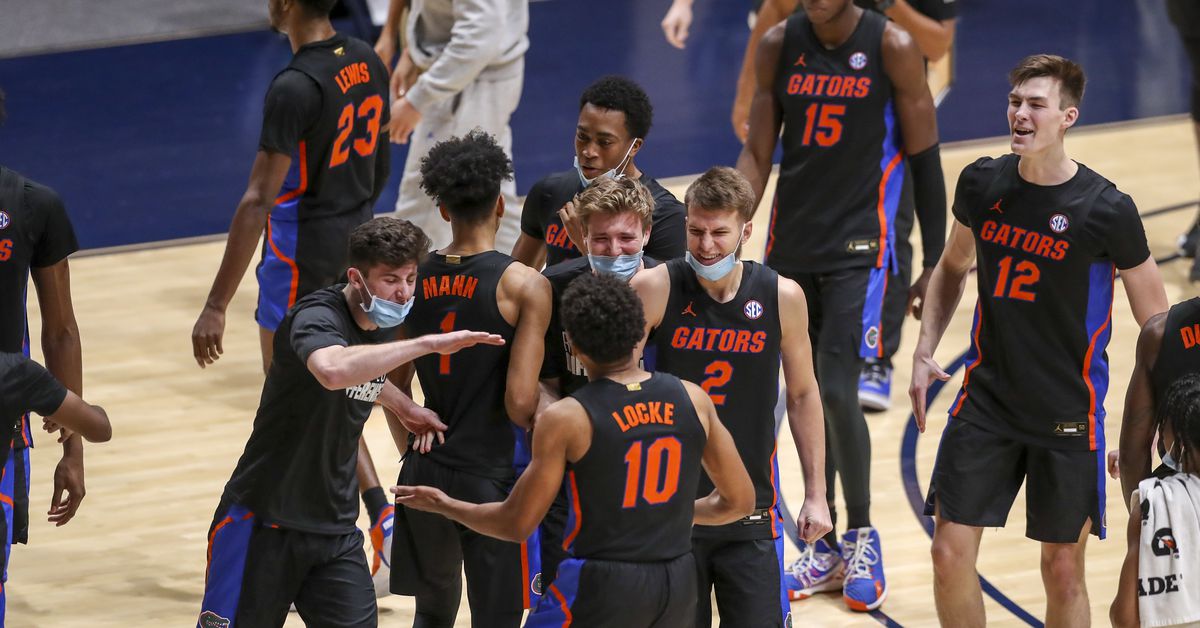
In this study, 10 average indicators of competitive activity in ASB games were subjected to statistical analysis, which were divided into 4 groups: points evaluating effective throws - two-point, three-point and free throws; Efficiency is positive - the number of effective attacking passes, interceptions, block shots; rebounds - the number of rebounds on your backboard, on the opponent's backboard and the total number of rebounds; Efficiency is negative - the number of ball losses when performing technical actions, the number of fouls received. The accuracy of free throws in basketball is a manifestation of the nervous system. At competitions, extreme and non-standard situations often arise when the force of influence on the nervous system is great, and then the success of the game activity carried out depends on the skill level, game experience and psychological preparedness of basketball players. An analysis of the implementation of free throws showed that athletes of the VSAPC teams - 63% and VolGTU - 54% of free throws have a higher level in the combined teams of universities in Volgograd (Figure 1).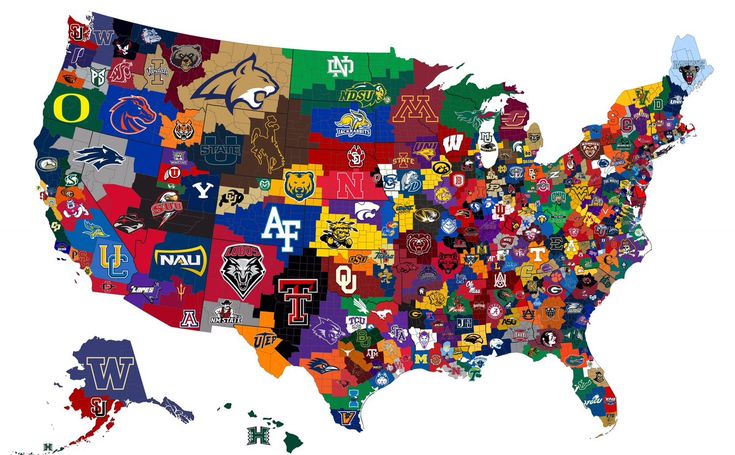 Significant differences among basketball teams in competitive activity were found in terms of losing the ball when performing technical actions. As a rule, the higher the qualification of the team's players, the less they allow the loss of the ball. The players of the team "VGAFK", "Vol-gGMU", "VolGTU" have such losses relative to 9And
Significant differences among basketball teams in competitive activity were found in terms of losing the ball when performing technical actions. As a rule, the higher the qualification of the team's players, the less they allow the loss of the ball. The players of the team "VGAFK", "Vol-gGMU", "VolGTU" have such losses relative to 9And
VolgMU h
Volgtu L-, and
2-OCH 3-OCK penalties
21 63
40 18 45
31 27 54
Figure 1-average hits (%) of hits in a competitive activity of women's student teams of the ASB championship of the 2017-2018 season of the Volgograd division
is less than that of athletes from other teams, while the lowest indicator per game on average is 15.6% for the VSAFC team, and the highest was 33.8% for farm team "VolGTU". In most cases, the loss of the ball is due to an inconsistent or incorrect assessment of the game situation. Lack of concentration and poor vision of the game does not give basketball players the opportunity to correctly predict the actions of their teammates, resulting in unexpected tactics for each other.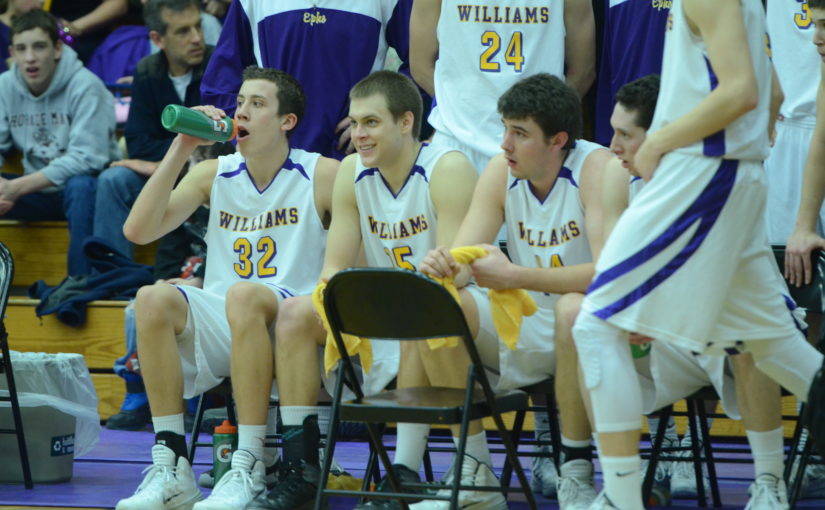 According to the level of technical readiness, the players of the VSAFC team do not differ significantly from the participants of other teams.
According to the level of technical readiness, the players of the VSAFC team do not differ significantly from the participants of other teams.
Failure to comply with a number of rules in basketball is regarded as a violation and, when interacting with an opponent, is evaluated as a foul. In both defense and offense, foul rates do not differ significantly between the compared women's student teams.
Possession of the ball after an unsuccessful attempt to throw it into the ring is one of the main elements of the game. The team that wins rebounds has the potential to have the most points leading to points. The best indicator of the total number of ball rebounds is the team "VolgGMU" - 52.3% (Figure 2).
All of the listed indicators of the competitive activity of women's student teams characterize the attacking actions of the players, while the higher the qualifications of the athletes and teams, the higher their effectiveness in the attack, where all victory points are scored. In the defensive actions of the analyzed teams, the situation is exactly the opposite: the lower the qualifications of women's student teams, the lower their main indicators in defense: the number of interceptions of the ball is on average for the VSAFC team - 16.8%; "VolGTU" -14.7%; "VolgGMU" - 14.5% and the farm team "VolGTU-F" - 6.6%.
In the defensive actions of the analyzed teams, the situation is exactly the opposite: the lower the qualifications of women's student teams, the lower their main indicators in defense: the number of interceptions of the ball is on average for the VSAFC team - 16.8%; "VolGTU" -14.7%; "VolgGMU" - 14.5% and the farm team "VolGTU-F" - 6.6%.
Despite the leading positions of the VGAFC team in the Volgograd division, the indicators of its technical and tactical training differ significantly from those of the strongest teams included in the All-Russian Playoff 64 (Figure 3). In the leading teams "PGAFKSiT", "SPBGLTU", "MIIT" these indicators are lower. The smallest number of losses indicates a high level of tactical readiness and concentration. This allows them to predict the actions of their partners, provide spatio-temporal parameters and timely perform effective technical and tactical techniques. Ignorance of the basic rules of the game and excessive aggression lead to punishments.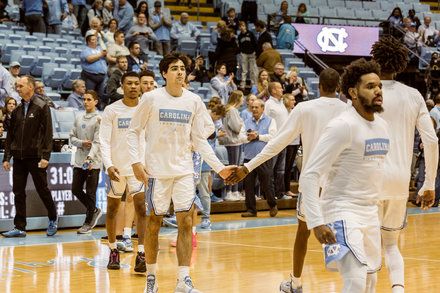 In terms of the number of fouls received, the players from the teams of Moscow, Omsk, St. Petersburg have lower indicators compared to the VGAFC team (Figure 4). When team members are consistent in maintaining a balance between control of the game and the flow of the game, they allow a minimum number of infringements. 9
In terms of the number of fouls received, the players from the teams of Moscow, Omsk, St. Petersburg have lower indicators compared to the VGAFC team (Figure 4). When team members are consistent in maintaining a balance between control of the game and the flow of the game, they allow a minimum number of infringements. 9
Volgograd division All-Russian playoff 64
Figure 3 - Average indicators (%) of the number of ball losses in the competitive activity of female student teams of the ASB championship of the 2017-2018 season of the Volgograd division and the All-Russian playoff 64
9.5 MIIT
VGAFC 12.4
Volgograd division
9.9 SPbGLTU
9.9 SibADI
All-Russian play-off 64
season 2017-2018 of the Volgograd division and the All-Russian playoff 64
CONCLUSION
The analysis of the competitive activity of women's basketball teams in the regional championship of the student basketball association allows us to assume that the technical and psychological readiness of the women's basketball team "VGAFC" in the championship of the ASB division "Volgograd" is almost the same as that of the teams "Volg- GMU” and “VolGTU”, however, compared with the leading teams that entered the All-Russian stage of the playoffs, the indicators in terms of the number of fouls received and the number of ball losses differ significantly.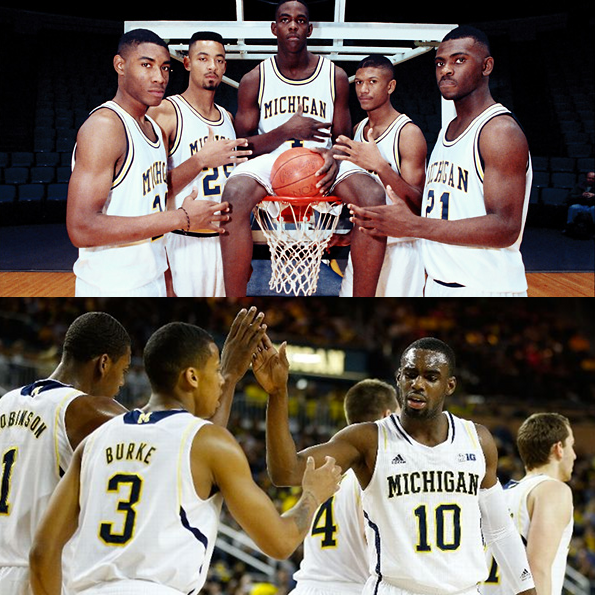 Cree 9. gi/ (date of access: 04/10/2018).
Cree 9. gi/ (date of access: 04/10/2018).
2. Bryukhovskikh, TV Student sport - a reserve of high performance sports / TV Bryukhanovskikh, DA Shubin, OG Matonina // Bulletin of the Tula State University. Physical Culture. Sport. - 2014. - No. 4. - S. 74-81.
The term of technical training of female athletes is the degree of versatile motor actions that the athlete owns and that he uses in competitions, and tactical training is characterized by the expediency of the actions of the players and the team on the site, that is, it is determined by tactical thinking and a variety of tactical techniques. The results obtained allow us to make an assumption about the need to make adjustments to the sports training program and focus on improving technical and tactical training aimed at the success of competitive activity.
3. Doroshenko, E. Indicators of technical and tactical activity as a factor in managing the training of highly qualified basketball players / E. Doroshenko // Science in Olympic sports.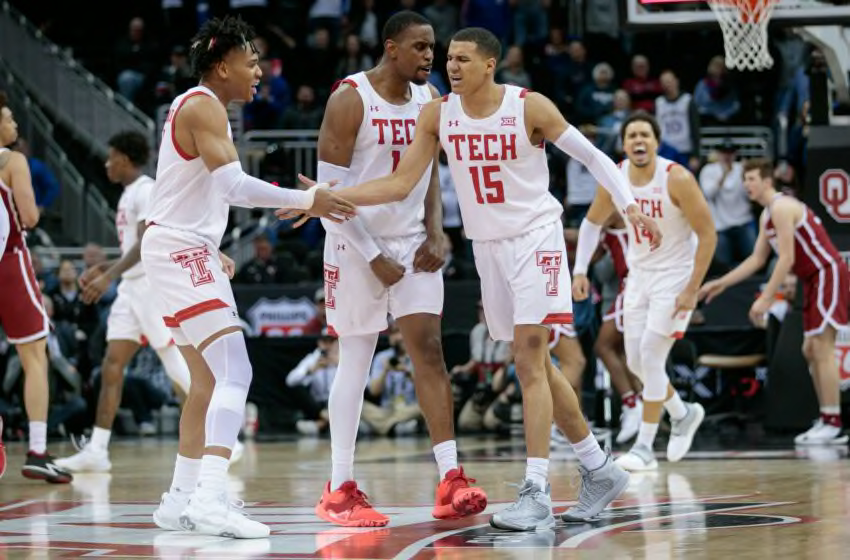 - 2014. - No. 1. P. 17-22
- 2014. - No. 1. P. 17-22
4. Namozova, S Namozova S. Sh., Khubbiev Sh.,
RS Minvaleev, LV Shadrin || Theory and practice of physical culture. - 2016. - No. 4. - S. 20-22.
B. Order of the Ministry of Sports of Russia dated 11/21/2017 N 1007 "On approval of the concept for the development of student sports in the Russian Federation for the period up to 202B" [Electronic resource]. - Access mode: http:||www.consultant.ru|document|cons_ doc_LAW_283321| (date of access: 04/16/2018).
LIST OF REFERENCES
1. Association of student basketball [Electronic resource]. - Access mode: http:||pro100basket.ru| (accessed: 10.04.2018)
2. Bryukhovskikh, T. V. Student sport - elite sport reserves | T. V. Bryukhanovskikh, D. A. Shubin, O. G. Matonina || News [Izvestiya] of Tula State University. physical culture. sport. - 2014. - No. 4. - P. 74-81.
3. Doroshenko, E. Indicators of technical and tactical activity as a factor of training management of elite basketball players | E. Doroshenko || Science in the Olympic sport. - 2014. - No. 1. - P. 17-22.
Doroshenko || Science in the Olympic sport. - 2014. - No. 1. - P. 17-22.
4. Namozova, S. Sh. Monitoring of the functional condition of national team members in the system of pedagogical management of student sports: selection of significant criteria | S. Sh. Namozova, Sh. Z. Khubbiev,
6. Regulations of the Championship of the Student Basketball Association season 2017-2018. [Electronic resource].
- Access mode: http://pro100basket.ru/up/down/ file/2017/regulation_17-18.pdf (date of access: 05/04/2018).
7. Fiskalov, VD Theoretical and methodological aspects of the practice of sports: textbook / VD Fiskalov, VP Cherkashin. - M. : Sport, 2016. - 352 p.
R. S. Minvaleev, L. V. Shadrin // Theory and practice of physical culture. - 2016. - No. 4. - P. 20-22.
5. Order of the Ministry of Sport of Russia dated 11/21/2017 N 1007 “On the Approval of the Concept of student sport development in the Russian Federation for the period until 2025” [Electronic resource].